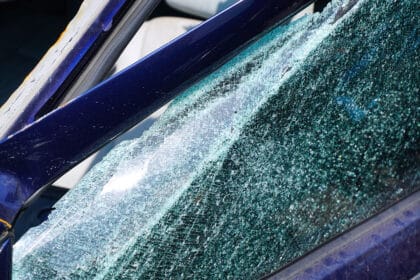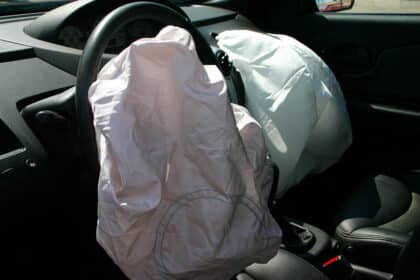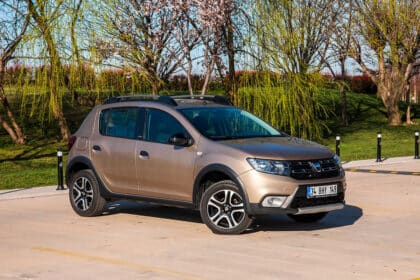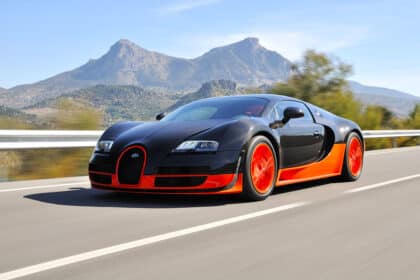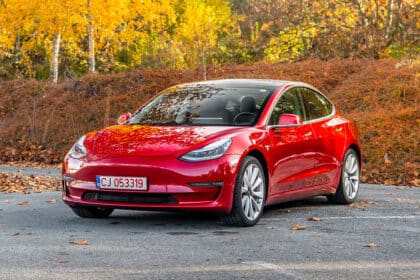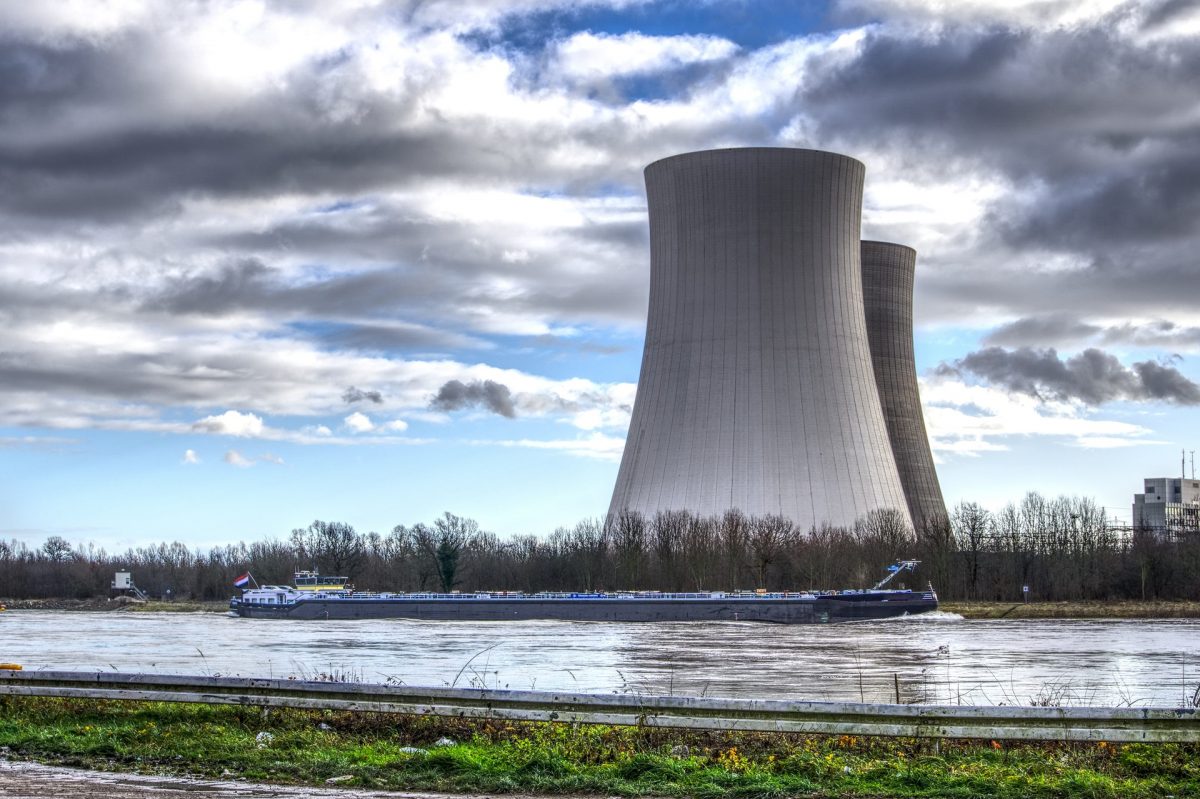
Photo: Pxfuel via DMCA
When you think of the word “nuclear,” you probably think of Chernobyl, Fukushima, or one of the countless mid-2010s movies where the hero needed to stop a bomb from detonating inside of one major city or another. However, it’s also an extremely efficient, clean source of energy that generates about 20 percent of America’s electricity. Which led me to ask, could we use it to power a car?
It’s not nuclear but it is a powerhouse: The 2021 Chevrolet Silverado 1500
Before we examine the feasibility of a nuclear-powered car, it’s worth talking about the science behind it all. Nuclear energy is generated through a process called fission, which is the splitting of uranium ions. In most reactors — think those ominous-looking powerplants you sometimes drive past and hope won’t explode — this releases heat, which produces steam, which then powers a turbine and generates electricity without emitting any greenhouse gasses.
As mentioned above, nuclear energy is about as clean it gets, which would go a long way towards slowing climate change and clearing the air. But that’s not all. Its energy output is so high that, according to Howstuffwork’s Jacob Silverman, you’d only need to refuel a nuclear-powered car once every three to five years. Take that, Tesla. It would also likely always be on due to the fact that you can’t exactly press the pause button on fission, so paying for a remote function add-on would be a thing of the past.
While its benefits are pretty appealing, the downfall of the nuclear car is the fact that it could easily kill you or anybody in the immediate area with radioactivity. Power plants combat this by employing up to three layers of shielding and a containment structure that’s several feet thick and made of concrete. Call me crazy, but that might make style and aerodynamics a bit of a challenge for designers.
Silverman even says that “reproducing the shielding of a nuclear reactor on an appropriate scale may make the car practically immobile,” which is kind of a bummer in a car. Of course, there’s always the possibility that an accident could damage the shielding or an imaginative hijacker could turn your ride into a dirty bomb. The opportunities for disaster are really only limited by your imagination.
So, can a car run on nuclear power? Technically, yes. Is it likely to be the next big thing in the automotive world? Probably not until we crack the case on cold fusion.
Car looking a little worse for the ware: Certified technicians can make it good as new
The News Wheel is a digital auto magazine providing readers with a fresh perspective on the latest car news. We’re located in the heart of America (Dayton, Ohio) and our goal is to deliver an entertaining and informative perspective on what’s trending in the automotive world. See more articles from The News Wheel.



